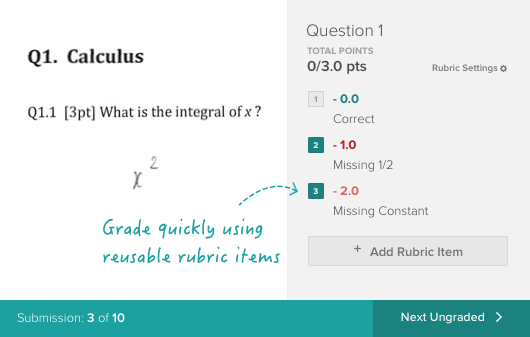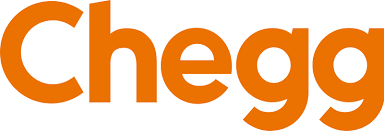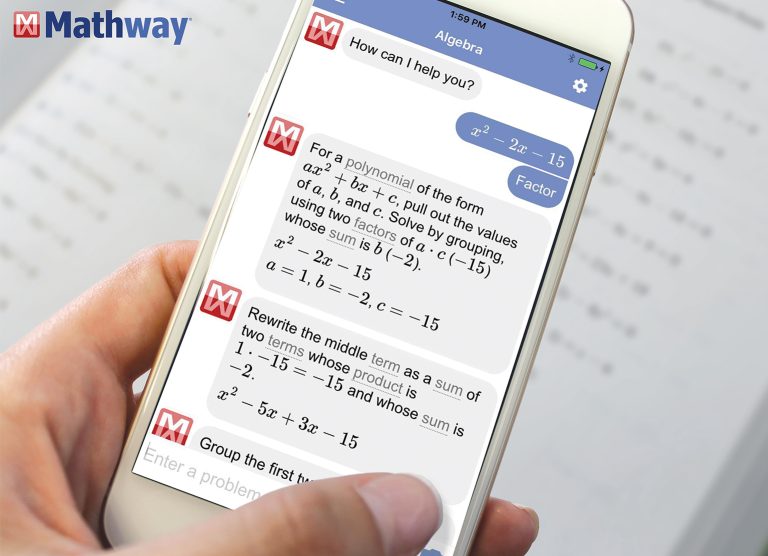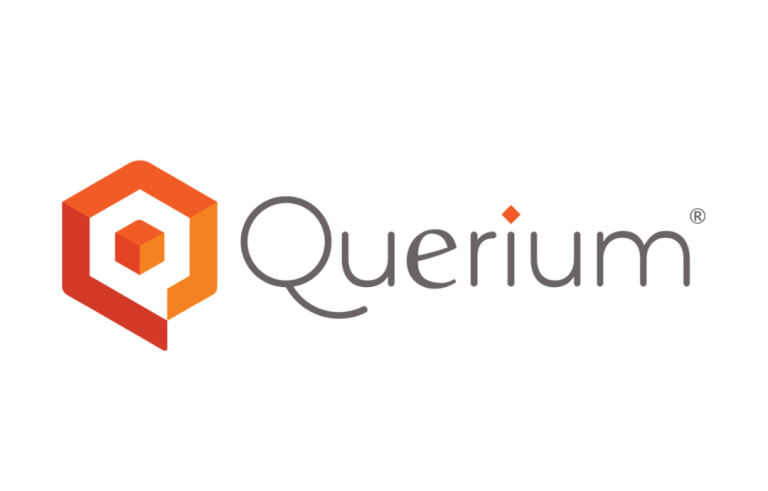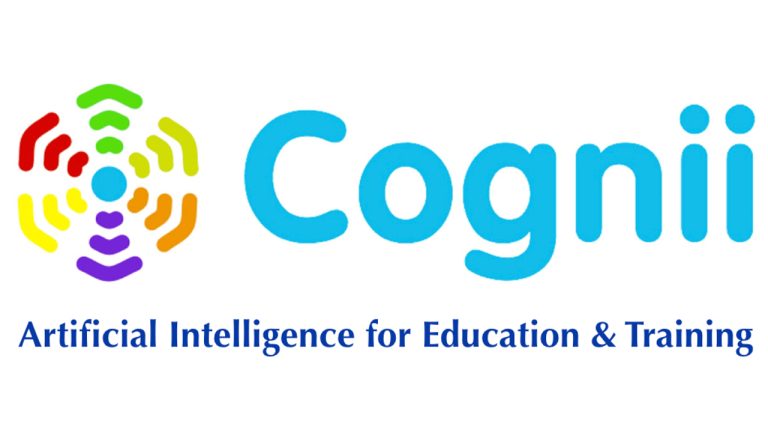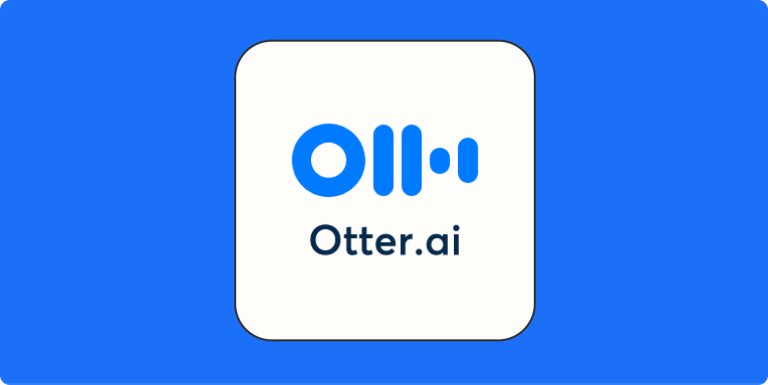Gradescope Key Features:
Gradescope is packed with features that cater to the needs of educators and institutions:
- Automated Grading: Gradescope’s most popular feature is its ability to automate grading, especially for assignments with clear right or wrong answers, like math problems. Educators can create a standardized rubric, and Gradescope will use it to grade similar responses automatically, saving considerable time.
- AI-Driven Answer Grouping: For larger classes, where multiple students submit similar answers, Gradescope groups identical answers together. This allows educators to apply the same feedback to each group, streamlining the grading process without compromising on feedback quality.
- Flexible Assignment Types: Gradescope is versatile in the types of assignments it supports. It’s equipped to handle handwritten assignments, multiple-choice questions, programming assignments, and even long-form essays. Educators simply upload the assignment, and the platform organizes and categorizes the submissions.
- Customizable Rubrics: Educators can design custom grading rubrics for each assignment, ensuring consistency and fairness. This is particularly useful when there are multiple graders, as everyone can follow the same grading guidelines, reducing discrepancies and subjectivity in scoring.
- Collaboration Features: Gradescope allows educators to invite co-teachers, TAs, or other graders to join the platform, making it a great tool for large classes or team-taught courses. Each collaborator has access to grading rubrics and can add feedback to assignments, making teamwork easier.
- Detailed Analytics: Gradescope also offers reporting and analytics, providing insights into common mistakes, grade distribution, and overall class performance. This helps educators identify areas where students might need extra support.
Our Opinion On Gradescope:
Gradescope is a game-changer for educators looking to make grading more efficient, consistent, and transparent. By leveraging AI to automate repetitive grading tasks and ensure uniformity in feedback, it saves teachers and TAs a great deal of time. This makes it especially useful for large classes or courses with high volumes of grading, such as introductory science or engineering classes. It’s also a strong choice for educators who want a reliable tool that helps them focus more on teaching and less on administrative tasks.
While Gradescope may have a bit of a learning curve, the time saved in the long run makes it worthwhile, especially for instructors with grading-heavy workloads. It’s also worth noting that Gradescope’s collaboration features make it ideal for institutions where multiple educators share grading responsibilities. For anyone in the education field, Gradescope provides a streamlined, efficient, and fair way to manage assessments, though it might be overkill for smaller classes or personal tutoring.
Overall, Gradescope is best suited for educators and institutions looking for a robust, scalable grading solution. Teachers in STEM fields, in particular, will find the automated grading and grouping features useful, but it’s versatile enough to handle assignments from humanities to coding courses. If grading has become a time-consuming task, Gradescope could be the solution to lighten that load, allowing educators to focus on what matters most: helping students learn and grow.
